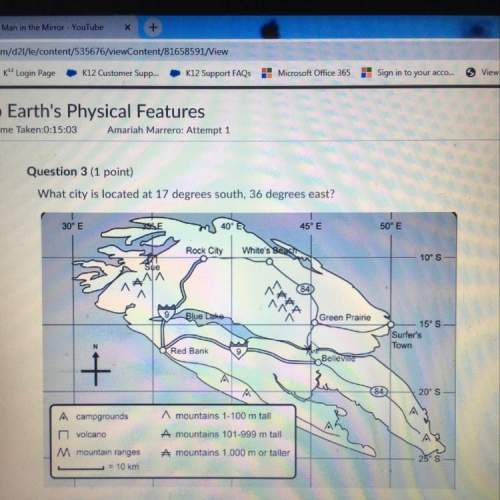3Cl2 + 2N2 → 2N2Cl3
Molar masses:
chlorine gas = 70.9 g/mol
nitrogen gas = 28.02...

Chemistry, 31.03.2021 02:10, dragpack70
3Cl2 + 2N2 → 2N2Cl3
Molar masses:
chlorine gas = 70.9 g/mol
nitrogen gas = 28.02 g/mol
dinitrogen trichloride = 134.27 g/mol
a. 1.98 mol of chlorine reacts with 1.98 moles of nitrogen. What is the limiting reactant? (chlorine)
b. What mass of dinitrogen trichloride is produced from the reaction? (177.2364)
c. How many moles of the excess reactant is left over? (0.66)
d. If the percent yield of dinitrogen trichloride is 95.5%, what is the actual yield of the product? (169.2607)

Answers: 1
Other questions on the subject: Chemistry

Chemistry, 22.06.2019 11:00, snowprincess99447
Which statement is true about hcl? (5 points) select one: a. it is a salt because it increases the concentration of metallic ions. b. it is a salt because it is formed by the reaction of an acid and a base. c. it is an acid because it increases the concentration of hydroxyl ions. d. it is an acid because it increases the concentration of hydronium ions.
Answers: 1

Chemistry, 22.06.2019 13:00, yaneiryx5476
Is 9 correct? and can someone me with 10? it’s due tomorrow, you
Answers: 1

Do you know the correct answer?
Questions in other subjects:


History, 26.07.2019 22:30



Mathematics, 26.07.2019 22:30


Computers and Technology, 26.07.2019 22:30

Physics, 26.07.2019 22:30


Biology, 26.07.2019 22:30







